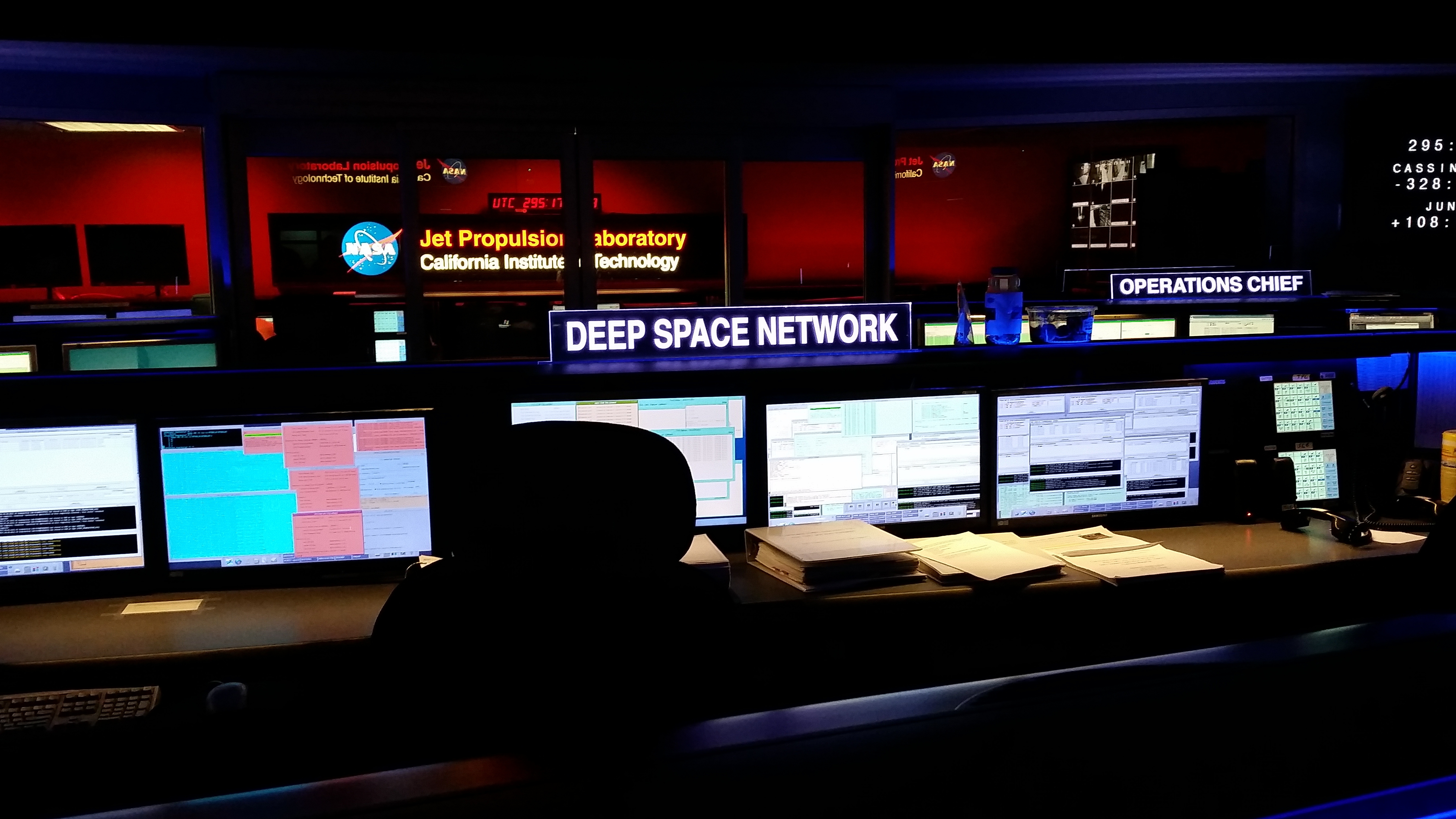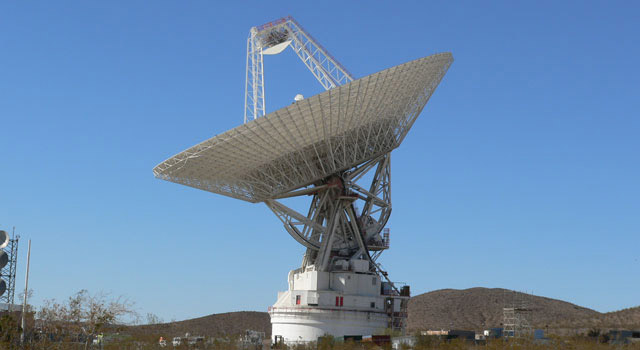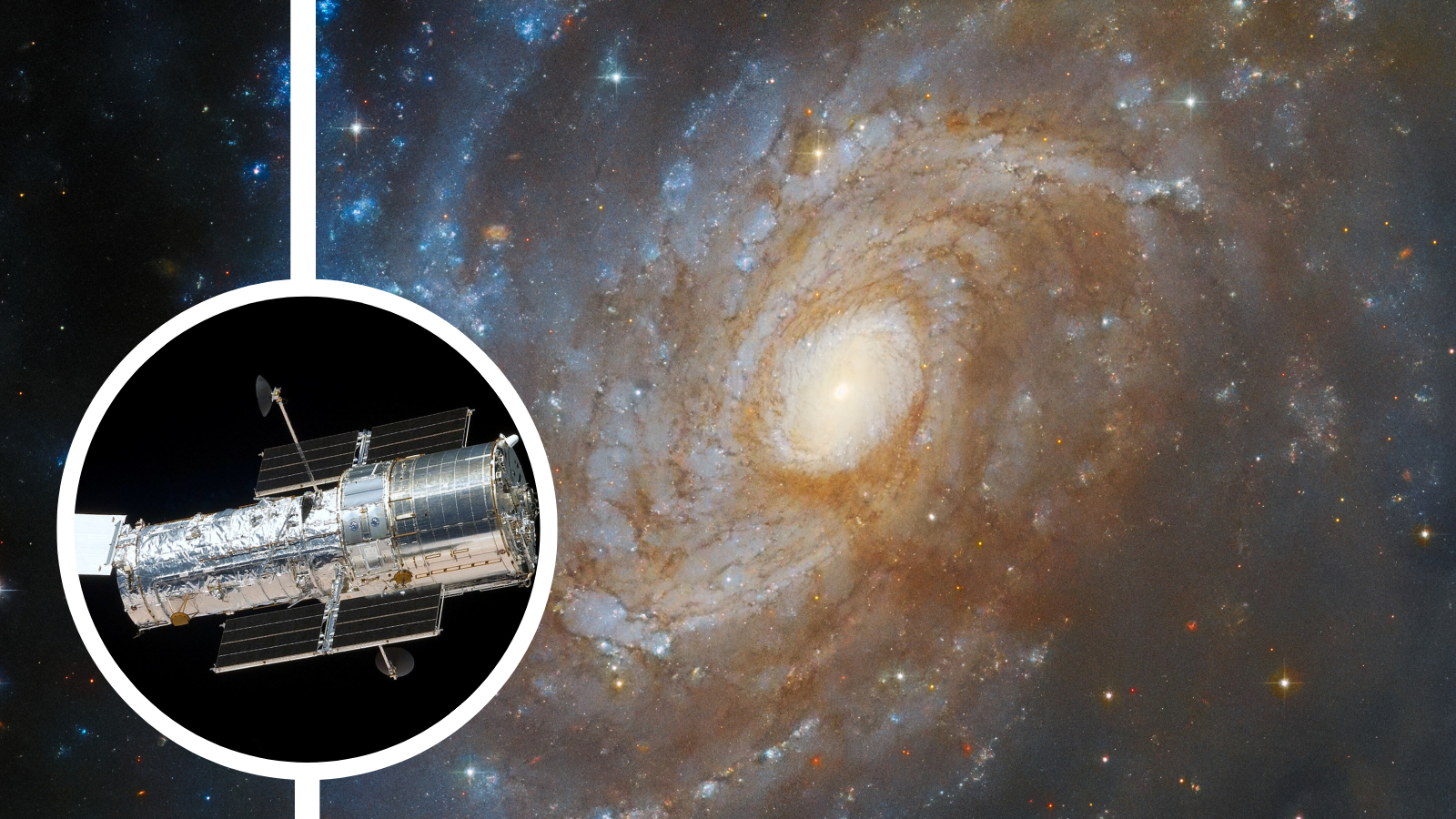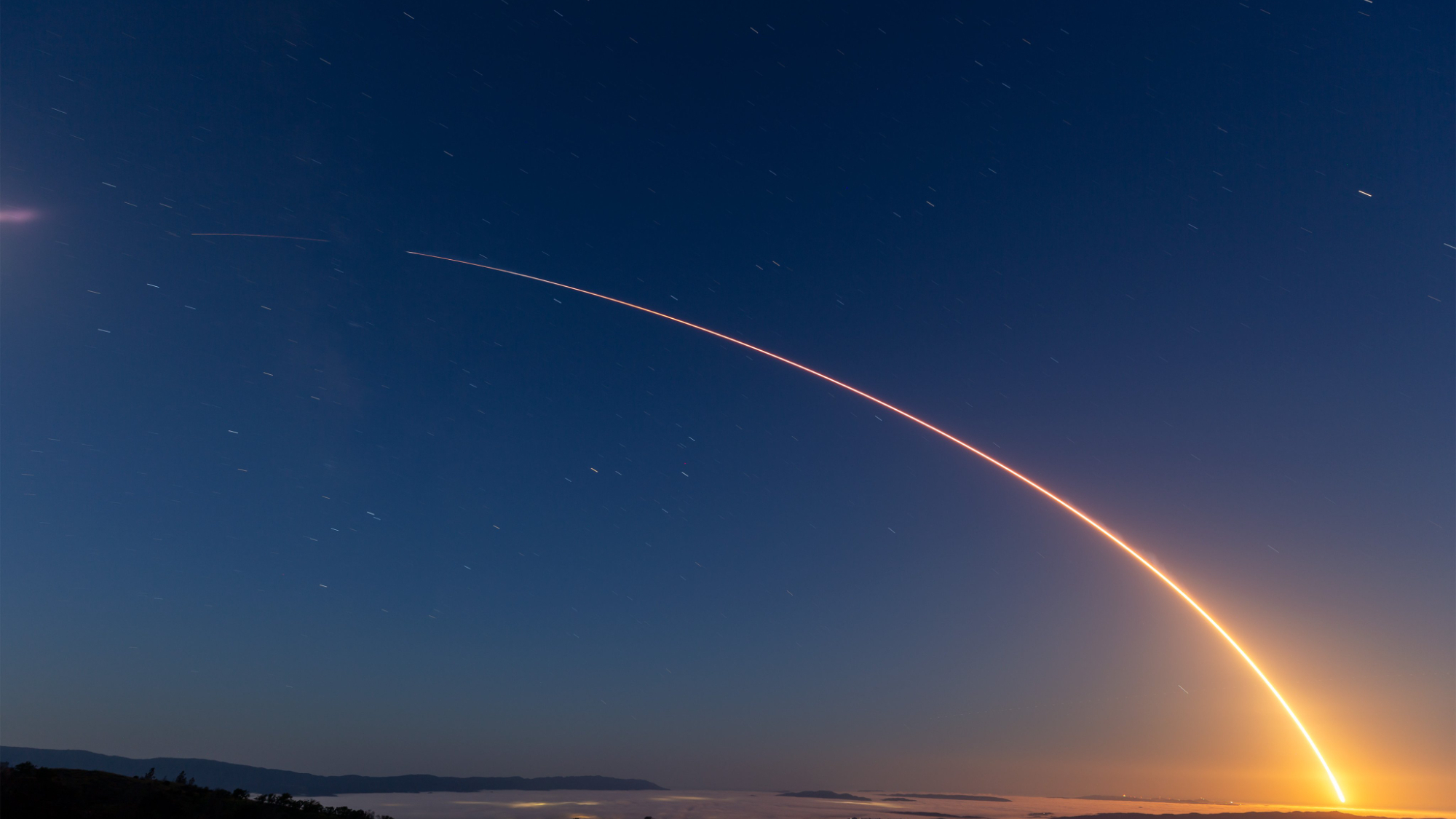Los Angeles fires leave NASA's Deep Space Network mission control empty for 1st time in 60 years
Despite the evacuation of its Jet Propulsion Lab in Pasadena, no space mission data has been lost, NASA says.

NATIONAL HARBOR, Md. — The deadly wildfires burning across Los Angeles have caused widespread devastation across Southern California, and their impact has managed to reach beyond Earth.
The fires have been relentlessly ravaging homes and infrastructure for the last several days and, at one point, they also threatened NASA's Jet Propulsion Laboratory in Pasadena. This forced the space agency to evacuate the iconic laboratory — leaving the Caltech-managed mission control center for the Deep Space Network, aka NASA's communications hub for missions to Mars, Jupiter and other solar system destinations, empty for the first time since it opened its doors in 1963, NASA officials said Monday (Jan. 13).
"Our hearts and minds go out to our colleagues at JPL, at Caltech, at UCLA and various other institutes out there that are really struggling," Nicola Fox, NASA's associate administrate for science missions, said in a NASA town hall event at the 245th American Astronomical Society meeting. "I know that many of us have friends who've lost houses; who've lost their homes."
Yet, amid that turmoil, the teams that run Deep Space Network, or DSN, managed to keep communication lines open to NASA's spacecraft, rovers and probes as they continued to explore their designated corners of the solar system.
"Our incredible DSN team has gone above and beyond to ensure that not a bit of data has been lost," Fox said. "It was a very emotional thing, the first time in the 60 years that nobody was actually in the mission control office there at JPL, because they had to relocate to the emergency center."
NASA's Deep Space Network, which celebrated its 60th anniversary in 2023, uses three large radio antennas in different locations around the world to maintain a steady flow of data, telemetry and communications with the agency's space missions. Those antennas are based in Goldstone, California; Canberra, Australia; and Madrid, Spain — if you've ever watched NASA scientists wait with bated breath for the first signal from a Mars rover after landing, that signal reached Earth via the Deep Space Network.

NASA evacuated JPL last week as wildfires threatened the facility, but the space center appears to have weathered the crisis in good shape. The fires have killed at least 16 people and left thousands others without homes, according to media reports.
Get the Space.com Newsletter
Breaking space news, the latest updates on rocket launches, skywatching events and more!
"NASA JPL is untouched by fire due to the brave dedication of our first responders," JPL director Laurie Leshin said in a post on the social media site X on Jan. 10. "But our community has been very seriously impacted with over 150 JPLers who have lost their homes and many more displaced."
Here in Maryland, Fox praised the American Astronomical Society for refunding registration fees to would-be attendees affected by the fires in Los Angeles. NASA, she added, has also relaxed its deadlines for scientists currently writing proposals for agency funding, too.
"We are, as a leadership team, working on something to really help support our colleagues who are struggling in California," Fox said. "I've got the leadership team working on the best way that we can remove at least the angst of looming funding deadlines."
Fox also hailed those around Southern California who have offered more personal support to those displaced by the Los Angeles fires.
"I want to sort of really thank … the people who have opened their homes, to offer a temporary power and a shower kind of thing," Fox said with emotion. "I know it's a good thing that people have been offering, and just it's amazing to see this incredible team."
Join our Space Forums to keep talking space on the latest missions, night sky and more! And if you have a news tip, correction or comment, let us know at: community@space.com.

Tariq is the Editor-in-Chief of Space.com and joined the team in 2001, first as an intern and staff writer, and later as an editor. He covers human spaceflight, exploration and space science, as well as skywatching and entertainment. He became Space.com's Managing Editor in 2009 and Editor-in-Chief in 2019. Before joining Space.com, Tariq was a staff reporter for The Los Angeles Times covering education and city beats in La Habra, Fullerton and Huntington Beach. In October 2022, Tariq received the Harry Kolcum Award for excellence in space reporting from the National Space Club Florida Committee. He is also an Eagle Scout (yes, he has the Space Exploration merit badge) and went to Space Camp four times as a kid and a fifth time as an adult. He has journalism degrees from the University of Southern California and New York University. You can find Tariq at Space.com and as the co-host to the This Week In Space podcast with space historian Rod Pyle on the TWiT network. To see his latest project, you can follow Tariq on Twitter @tariqjmalik.









